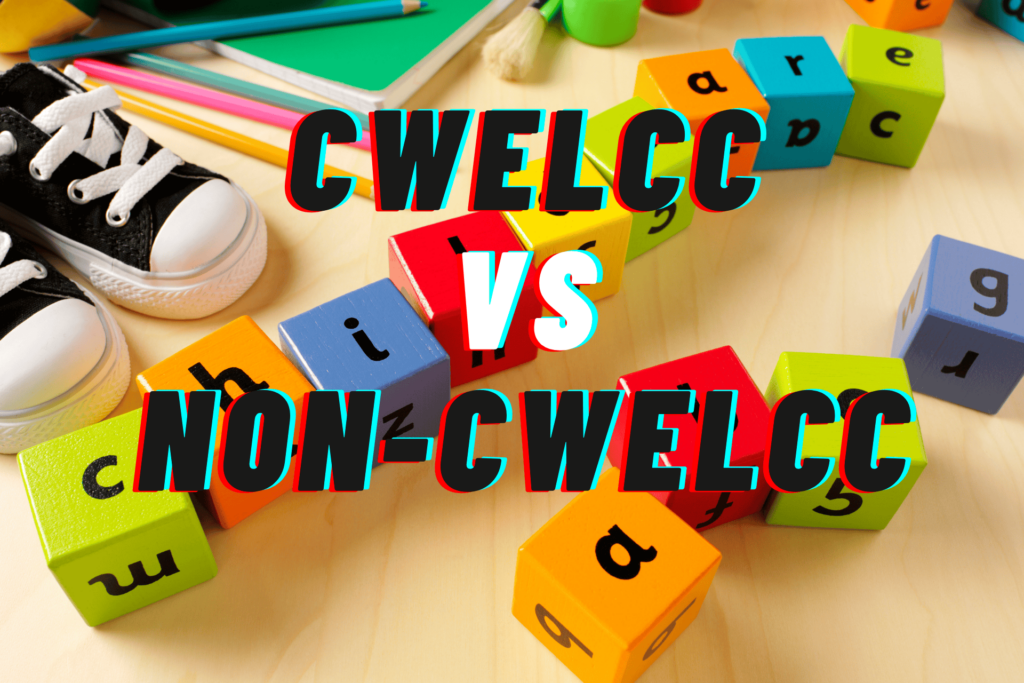Purchasing a commercial property for the first time can feel overwhelming. The terminology might be unfamiliar, and the tasks required for thorough due diligence (DD) may seem extensive. This article aims to outline key aspects of the due diligence process, offering a comprehensive overview rather than a strict to-do checklist. Every property is unique, and your intended use will heavily influence what needs to be validated during the due diligence process.
The Importance of a Due Diligence Clause
Including a general due diligence clause in your real estate offer allows flexibility. Rather than crafting numerous conditional clauses, a single DD clause helps streamline the process and makes negotiations more manageable. You may also have other clauses such as a financing clause to secure necessary funding and a building inspection clause.
After the offer is accepted, the buyer typically provides a deposit to the listing brokerage trust account. The due diligence period begins shortly thereafter, during which the buyer conducts investigations to ensure the property meets their requirements. Let’s dive into some common due diligence components:
1. Zoning Verification
The first step in your DD process is confirming that the property’s zoning aligns with your intended use. While you might have checked the city’s website before making an offer, it’s essential to obtain an official letter from the municipality verifying permitted uses for the property under its zoning by-laws. Some cities refer to this as a zoning certificate, zoning occupancy permit, or zoning verification letter. Be aware that cities might impose exceptions or restrictions, so thorough checks are crucial. Fees and processes vary depending on the municipality, so refer to your city’s website for details.
2. Survey
If your project involves additions like a playground or other structural changes, you’ll likely need a survey. Sellers might provide an existing survey, but buyers often need to commission a new one.
- Types of Surveys:
- Land Title Survey: Comprehensive survey identifying boundaries, easements, and property improvements, often used for financing and development. This follows national standards and takes longer to complete.
- Boundary Survey: Identifies property boundaries and corners, usually completed within days. Useful for legal property definitions.
- Topographic Survey: Details natural and man-made features, including elevations and contours, commonly required for construction or landscaping plans.
Consult your architect to determine which survey type suits your needs. For instance, daycare centers often require topographic surveys for playground installations.
3. Environmental Site Assessment (ESA) and Record of Site Condition (RSC)
Environmental assessments are critical in specific situations:
- Ministry of Education Requirements: For daycare centers, an ESA and RSC may be mandatory to obtain operational approval.
- Bank Financing: Lenders often require an ESA to ensure environmental risks don’t compromise the loan.
Types of ESA:
- Phase I ESA (CSA Standard): Initial screening to identify environmental concerns. This ESA is typically for property purchase, sale, or financing.
- Phase One ESA (Ontario Regulation Standard – OReg Standard): This ESA is required for site plan applications.
- Phase 2 ESA: This is conducted if Phase I ESA reveals potential environmental risks. This detailed analysis involves drilling boreholes on-site and testing soil samples. It is a more intensive and costly process, often exceeding $20,000 at the time of writing. If contaminants are detected, additional remediation may be required, potentially incurring significant expenses.
The Record of Site Condition (RSC) is typically required when a property’s use is being changed to a more sensitive purpose, or if rezoning, site plan control, or a building permit application is involved. This is commonly needed when converting a property to childcare use. A Geotechnical Engineer can manage the entire process, from conducting the necessary assessments to submitting the RSC to the government on your behalf.
4. Site Plan Approval
For certain uses, such as daycare centers, you may need site plan approval from the municipality. This process evaluates proposed site changes, like parking lots or playgrounds, and ensures compliance with zoning, landscaping, and access requirements.
5. Minor Variances
If your plans deviate slightly from existing zoning requirements, you may need a minor variance. This involves applying to the city’s committee of adjustment. The process can take six months or longer, depending on the city, so plan accordingly.
6. Conservation Authorities Clearance
The property may fall under the jurisdiction of one of Ontario’s 36 Conservation Authorities (as of the time of writing), particularly if it is located in a floodplain or other environmentally sensitive area. In such cases, it’s essential to verify with the relevant authority whether your proposed use is permitted. Typically, when researching a property’s zoning and permitted uses, you can determine if it falls under a conservation authority’s jurisdiction. If it does, you must consult the authority and obtain their approval before moving forward with your plans.
7. Heritage Designation
Properties listed or registered as heritage sites come with specific renovation and preservation requirements:
- Listed Properties: These properties are identified as having historical significance but are not officially designated as heritage buildings. While changes may have greater flexibility, you still need approval from the heritage department before making any modifications.
- Registered Properties: These are officially designated heritage buildings and are subject to stricter regulations. Changes to exterior elements, such as façades or architectural details, are typically highly restricted, and even alterations to color schemes usually require approval from the heritage department. Interior renovations may offer more flexibility but still require prior approval.
To determine if a property has a heritage designation, check your city’s heritage registry, as each municipality maintains its own database. Heritage designation doesn’t have to be a deterrent—through proper communication and approvals, you can carry out renovations while preserving the historical value of the property.
Conclusion
These are just some of the critical items to address during your due diligence process. Other considerations, such as utility checks, structural assessments, or lease reviews (if tenants are involved), may also apply depending on the property and its intended use. By staying organized and consulting professionals—such as architects, surveyors, and environmental consultants—you can navigate the complexities of commercial property due diligence with confidence.








